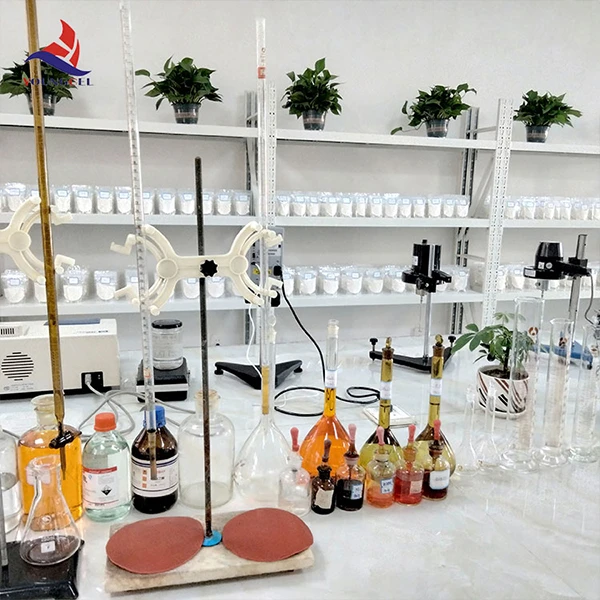The Role of Concrete Additives in Modern Construction
Concrete plays a critical role in modern construction, serving as a fundamental building material used in everything from small residential projects to massive infrastructure works. However, traditional concrete has its limitations, particularly in terms of durability, workability, and setting time. This is where concrete additives come into play. These chemical compounds or natural ingredients are mixed into the concrete to enhance its performance, making it more adaptable to the diverse requirements of contemporary building projects.
Types of Concrete Additives
Concrete additives can be classified into several categories based on their functions
1. Plasticizers and Superplasticizers These additives improve the workability of concrete without adding extra water. They allow for easier placement and finishing, which is particularly beneficial in complex forms and situations requiring high fluidity. Superplasticizers are especially useful in producing high-strength concrete, as they reduce water content while maintaining the same workability level.
2. retarders Used to slow down the setting time of concrete, retarders are essential in hot weather or when the transportation of concrete takes longer than expected. By delaying the curing process, these additives provide workers more time to place and finish the concrete before it hardens.
3. Accelerators Conversely, accelerators are used to enhance the setting time of concrete. They are crucial for cold weather concreting, where the setting and curing processes can be significantly slowed down. Using accelerators helps ensure that construction schedules are adhered to and that the concrete reaches its strength sooner.
4. Air-Entraining Agents These additives introduce tiny air bubbles into the concrete mix, which improve its resistance to freeze-thaw cycles. This is particularly important in climates where concrete is exposed to moisture and temperature fluctuations, as it helps prevent cracking and scaling.
5. Fibers Incorporating fibers, such as steel, glass, or synthetic fibers, enhances the toughness and impact resistance of concrete. Fibers help control cracking and shrinkage, making them perfect for pavements, slabs, and structures subjected to high stress.
concrete additives

6. Pozzolans Natural or artificial pozzolans can be added to concrete to improve its strength and durability. These materials react with calcium hydroxide in the presence of water, producing additional cementitious compounds, which enhance the overall quality of concrete.
Advantages of Using Concrete Additives
Incorporating concrete additives into the mix provides numerous benefits
1. Enhanced Strength and Durability Additives can significantly improve the strength and longevity of concrete structures. This is especially critical for projects requiring high performance under various environmental conditions.
2. Improved Workability With the right additives, workers can achieve greater efficiency in mixing, pouring, and finishing concrete. This leads to faster project completion times and reduced labor costs.
3. Cost-Effectiveness While there may be an initial investment in additives, the long-term savings from reduced repairs, maintenance, and increased longevity of structures often outweigh the upfront costs.
4. Sustainability Many modern concrete additives contribute to more sustainable practices by facilitating the use of recycled materials, reducing waste, and improving the energy efficiency of structures.
Conclusion
As the construction industry evolves, the importance of concrete additives cannot be overstated. They offer solutions to many of the inherent limitations of traditional concrete, leading to stronger, more durable, and more adaptable building materials. As technology advances, we can expect to see even more innovative additives that will further enhance the performance of concrete, addressing the complex challenges of modern construction. The future of concrete not only depends on its composition but also on the strategic use of these essential additives.
-
The Application and Significance of Construction RdpNewsMay.19,2025
-
Industrial Grade HpmcNewsMay.19,2025
-
Building Coating Adhesive Building Coating Adhesive HpmcNewsMay.19,2025
-
Application Of Hpmc For Detergent For Detergent In DetergentsNewsMay.19,2025
-
Application Of Hpmc Cellulose In Cement-Based MaterialsNewsMay.19,2025
-
Application Of High Quality Hpmc For Construction In The Field Of ConstructionNewsMay.19,2025




